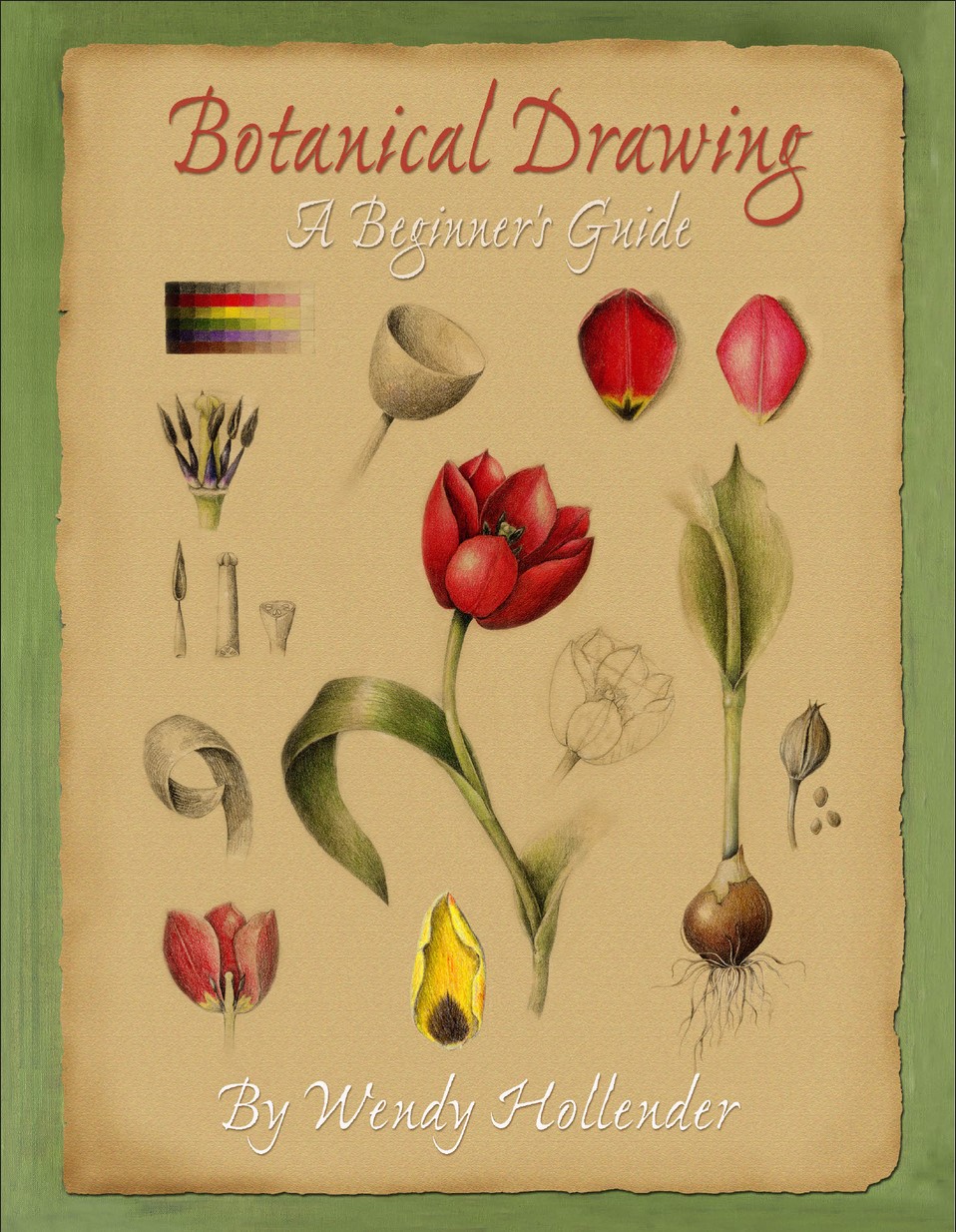5 Warm-Up Exercises to Stretch your Drawing Muscles
What do artists and athletes have in common? They both use their bodies as instruments to perform enjoyable activities. To keep their instruments in tip-top shape, they often stretch their muscles before they begin.

Botanical drawing can take a loooong time, and you may not finish in one sitting. When that unfinished drawing is taunting you from your table, telling you that you couldn’t possibly get back into that zone… Warm up and have fun!
Try these 5 simple and effective exercises designed to stretch your artistic abilities and prepare you for the detailed work ahead:

1. Value Scale Tone Bars
Tone or Value is how light or dark a color appears. In this exercise, you’ll create a tone bar of nine small squares.
Begin with the color of the paper as your lightest tone (Value 1) and progress to midtone (Value 5) until you reach full dark saturation (Value 9). Each square should be an even step darker than its predecessor. Focus on even layering so that each square appears completely filled in with its unique value.
You’ll Learn…
This exercise helps you understand the full range of tones and ensures that you can represent them all accurately in your botanical illustrations.

2. Continuous Toning
Now that you know each value 1-9, practice creating seamless toning from dark to light. Try applying tone in various ways to discover what works best for you.
You’ll Learn…
Continuous toning is the “secret” to creating the illusion of depth that makes your drawing feel realistic, so it’s always a helpful skill to practice.
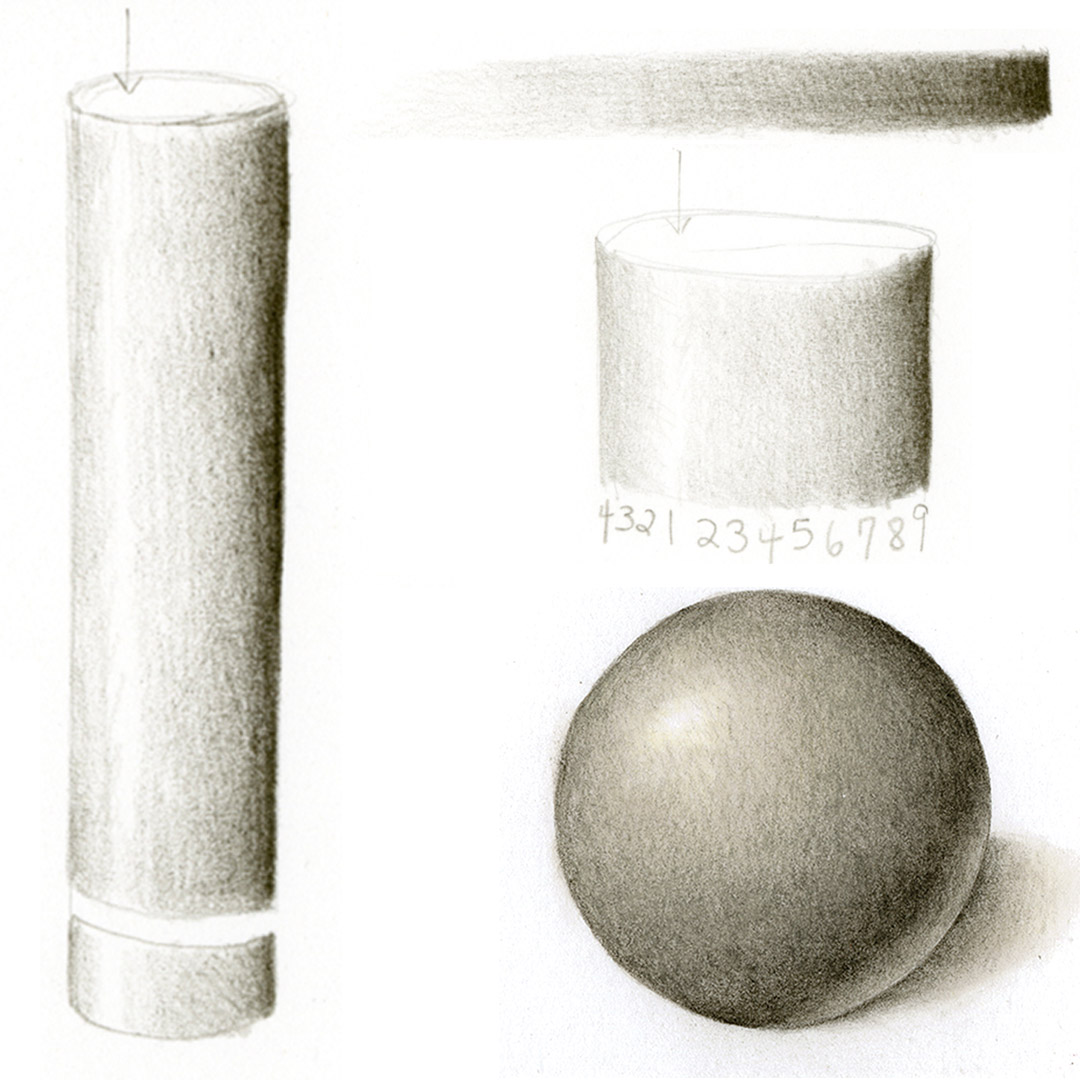
3. Tone Simple Shapes (cylinder, sphere, etc.)
Practice continuous toning from dark to light on simple shapes such as cylinders and spheres. This exercise introduces you to the challenges of rendering shadows and highlights on various surfaces. Learn more about highlights and shadows here.
You’ll Learn…
By mastering these fundamental shapes, you’ll build a solid foundation for illustrating more complex botanical forms later on.
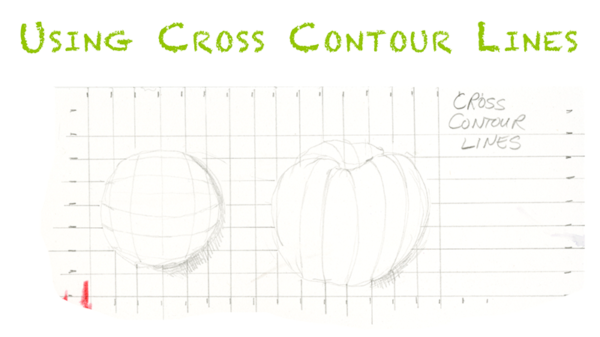
4. Cross-Contour
Take your warm-up to the next level by using cross-contour lines to define three-dimensional form. This technique adds depth and realism to your illustrations.
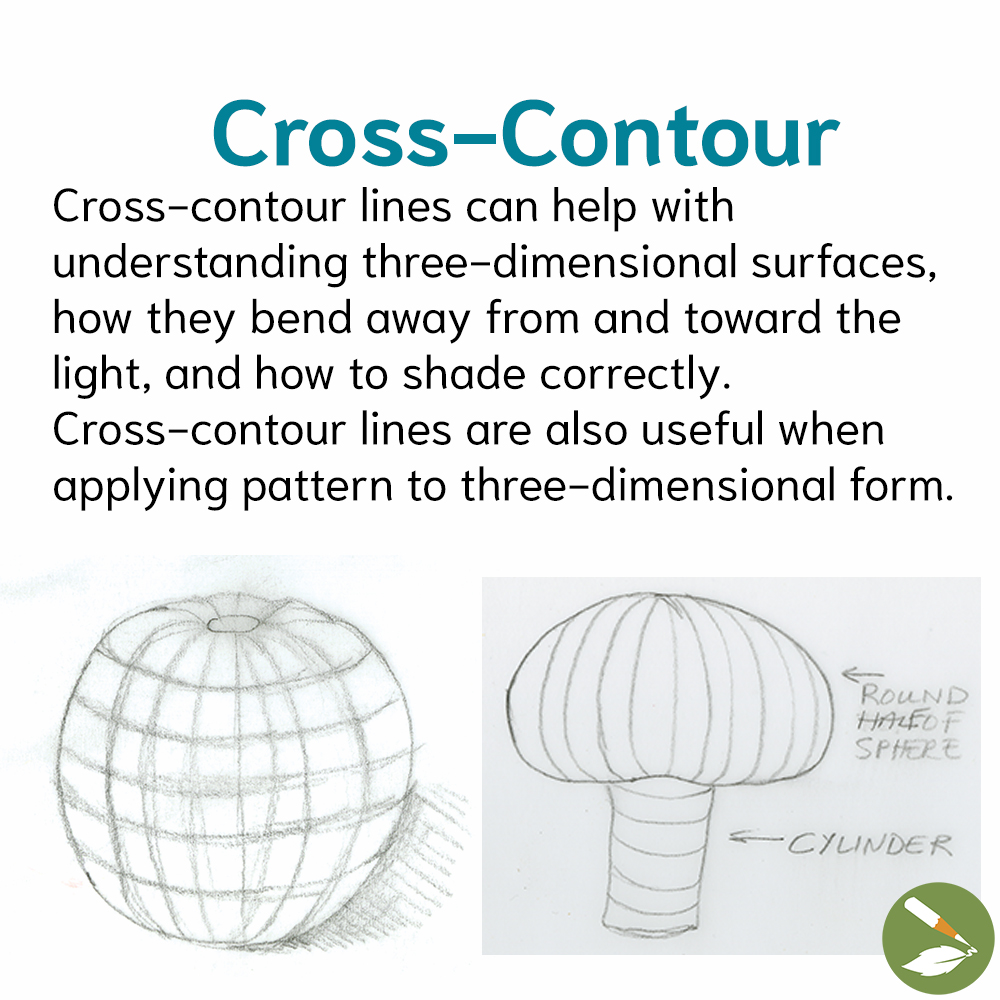
You’ll Learn…
This exercise not only improves your understanding of form, but also enriches the texture and detail in your artwork.
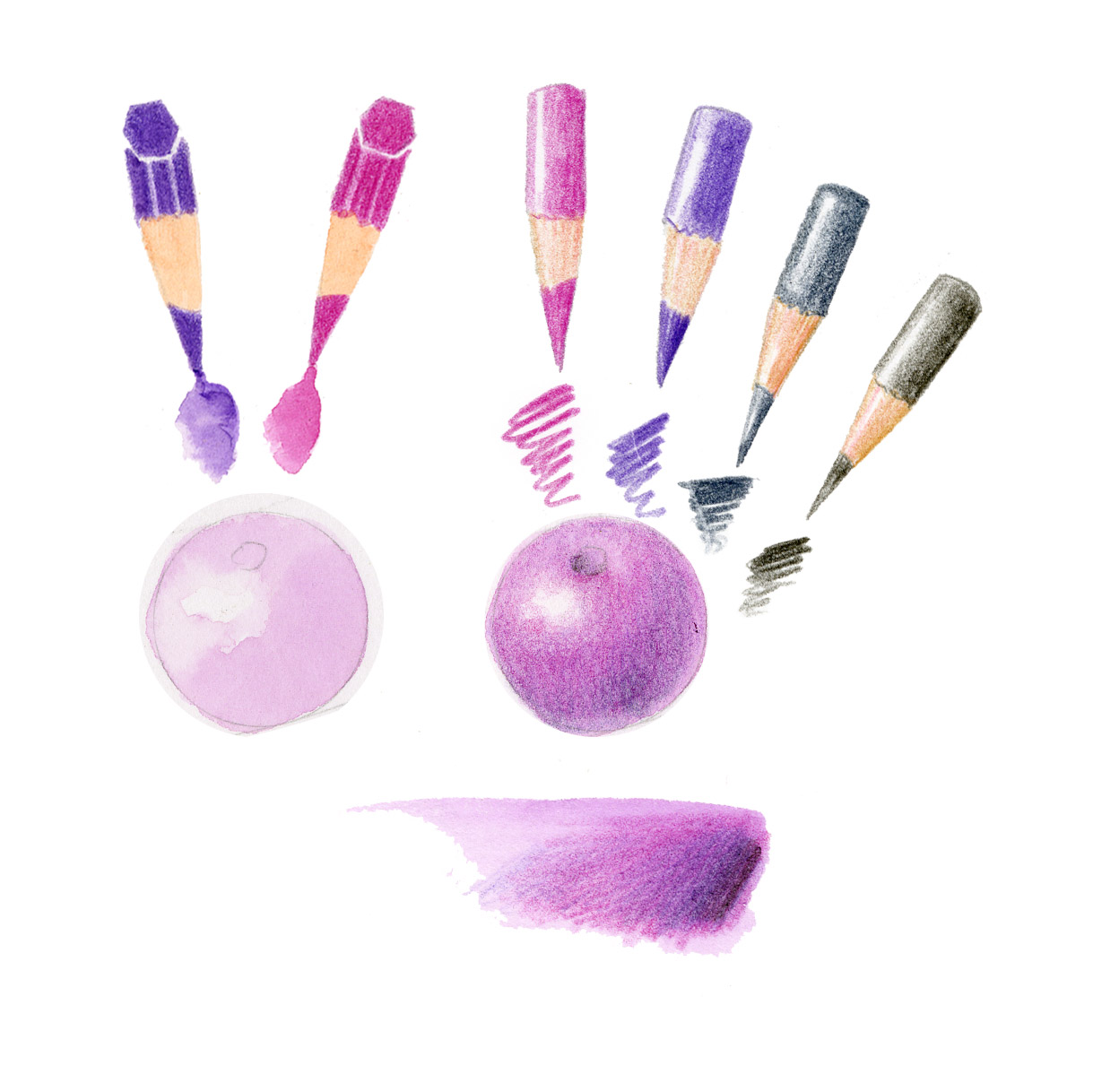
5. Color Swatches
Practice color mixing and matching with color swatches. Use these free Color Theory tips to help you figure out which hues to combine to achieve your subject’s color.
You’ll Learn…
Dedicating time to these fundamental practices will strengthen your color matching muscles and set the stage for captivating and accurate botanical artwork.
For more warm-up exercises, check out our short Botanical Basics course videos (also included in The Practice of Botanical Drawing).
Want to learn more?
Join Botanical Basics or The Practice of Botanical Drawing, to watch lesson videos, download helpful lesson pdfs, post images of your work to the Art Feed with your questions, and get confidence-boosting constructive feedback from our instructors!

